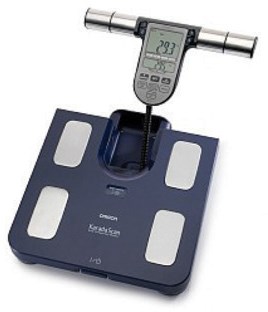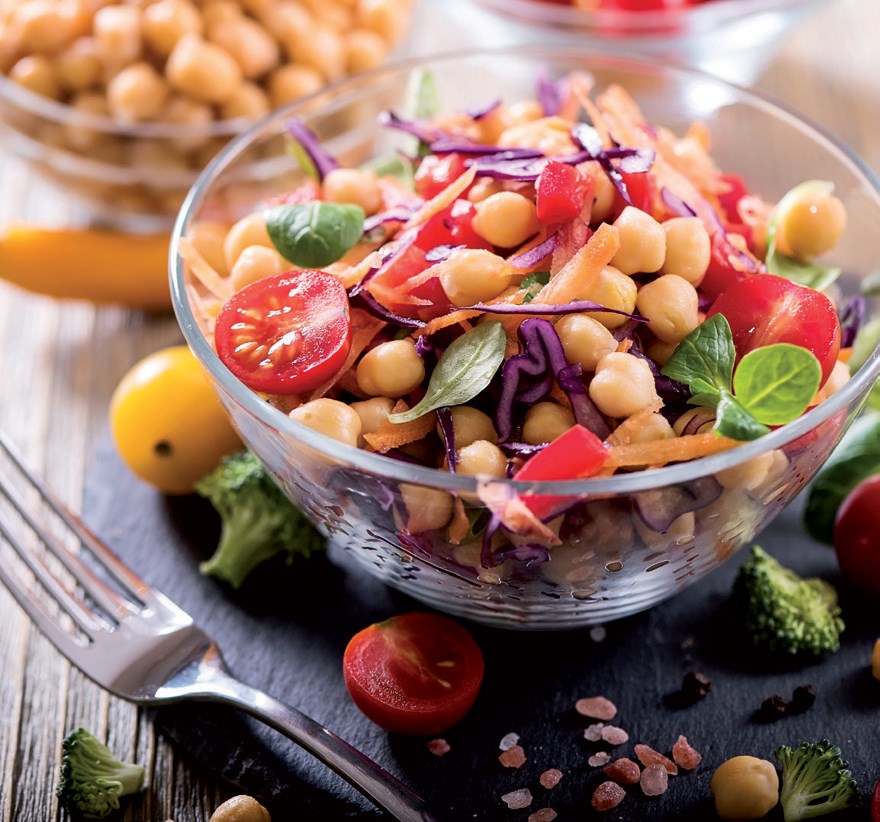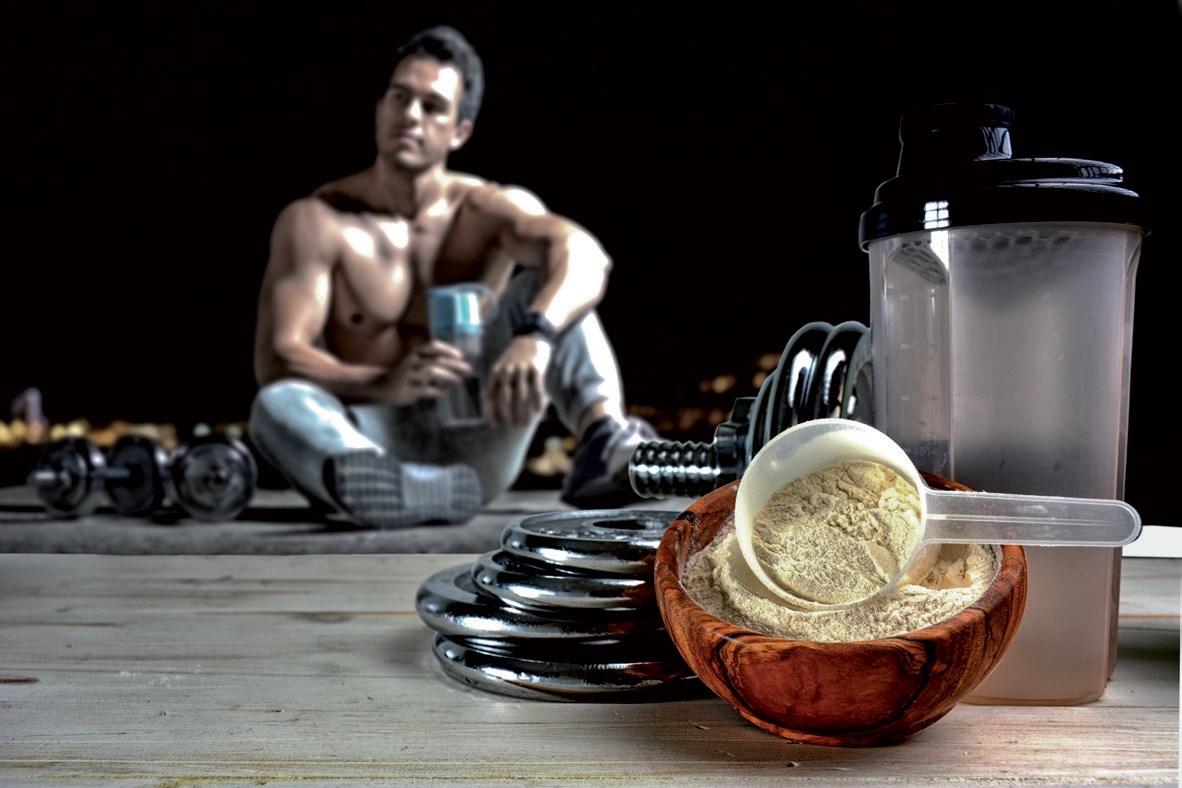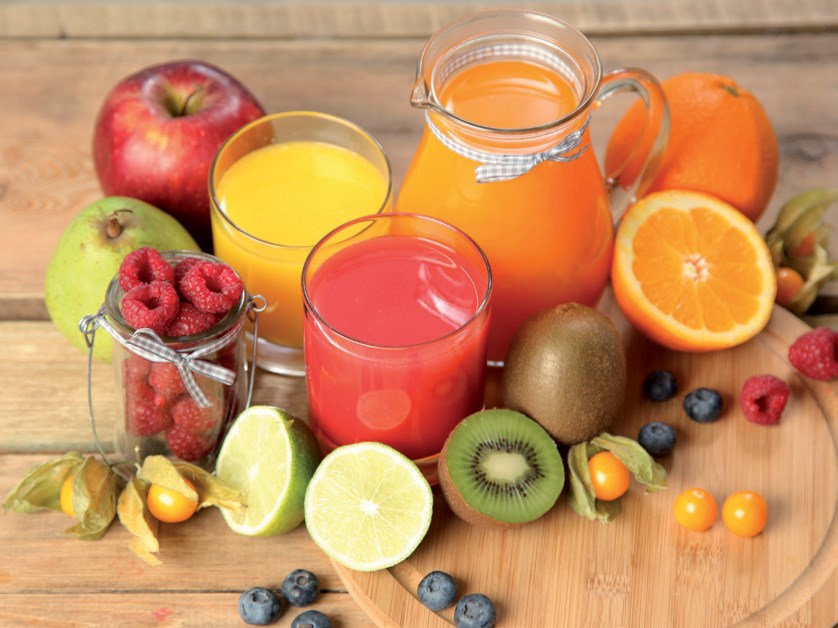A fair and balanced diet is absolutely essential to be in 100% shape from a physical and mental point of view during sporting events. Of course, a good nutritional diet will not be enough to win but it will surely guarantee drivers the right amount and quality of energy to perform at their best when training and help obtain results during the many tests, heats, qualifications and races, without, for starters, having the body risk dehydration
by Uniracer



FOOD DIET FOR DRIVERS: ERRORS & ADVICE
The main rule is very simple: there are no foods that can win you a race, but there are many foods and ways to eat that can make athletes easily lose one. Starting from this assumption it is necessary to create a food awareness program for oneself and become familiar with a few concepts useful for setting up a correct, balanced and personalized diet based on the physical efforts to be sustained. The diet should be established by a sports nutritionist for their expertise and tools. In fact, for an athlete it is important to set up a diet i?ype and composition, mass, body fat, and related. There are different methods and tools for measuring mass/body fat, some of which, more or less common, we mention:
• DEXA (Dual Energy X-rayAbsorptiometry), precise but expensive;
• hydrostatic weighing, precise but expensive;
• bioimpedance, conventional, precise, very common;
• plicometry, easy, but not very reliable;
• NIR (Near Infra-Red), simple, fast but not very precise;
• impedance scale, fast and fairly precise;
• BOD POD plethysmography, fast and automated;
• TOBEX (Total Body Electrical Conductivity), very precise but very expensive;
• Wilmore-Behnke formula, simplistic, not appropriate;
• 40, very precise but very expensive;
• AdipometroBodyMetrix, sophisticated and precise.
PRE-RACE NUTRITION
The nutrition before and after the competition must be specific and programmed, no matter in terms of food and time arrangement, even if there are several mistakes in sports events, they are driven by professional and novice drivers. Some of these errors usually do not affect the performance of drivers, especially young drivers, because the latter’s digestive ability is much higher than normal, so they are not disturbed. In any case, eating foods or drinks that are not recommended will not only have a negative impact on health, but also cause serious problems. In addition, common fatigue, tension or anxiety in competitions may have a negative impact on sports performance.
One of the most common misunderstandings found in the field of racing is to see that drivers don’t eat for a long time on the track, or spend too much time not eating, while others eat up shortly before the start of the race, which involves a digestive stage activity in the process of sports. Due to the interaction between digestive activity and physical activity, these two stages will cause gastric problems (heavy, acid, nausea, vomiting) and systemic problems (dizziness, fatigue) to drivers at the same time, thus affecting their sports or performance.
What might be a few of the precautions and nutritional tips to follow before the visor comes down on entering the track?
Here is a list of things to do / not do to be on top form during physical activity:
• Reduce fat content in the meal: avoid deep-fried foods and cooked fats (no huge fries with ketchup and mayonnaise found in karting bars and kitchens); limit sausages (bresaola and prosciutto are fine); reduce fat, condiments, cheeses and whole milk as fats require long digestion times;
• do not fill up with protein foods before the competition, as they are not needed;
• take foods rich in carbohydrates, usually more easily digested, and they promote the increase of glycogen stores in muscles and liver;
• limit sugars, including cooking sugar;
• avoid mismatches that slow or make the digestive phase more problematic, mixing a dish rich in starches with protein food (pasta or rice dish with steak or other types of meat or eggs or cheese), or two different protein dishes (meat and cheese, meat and eggs, eggs and cheese, milk and meat, milk and eggs);
• do not eat food you have not tried before; better to eat familiar foods;
• drink small but frequent doses of water during the day and also associate hydro-saline drinks; keep in mind also the advice of the great Jackie Stewart: “When you drive, never drink”, clearly referring to alcohol.
FOOD DIETS OF F1 DRIVERS
F1 drivers are subjected to extreme situations to say the least, which perhaps a normal human being would not be able to handle. In a race, a driver may even lose about 40% of their body liquids. In addition, this year’s cars are much faster than in the past, with much more aerodynamics and wider tires. Drivers must undergo special physical training to be ready for higher G-forces and especially body and head movements. During races in summer races or in extremely hot places (Malaysia, Bahrain, Brazil to name only three), F1 drivers are forced to withstand high temperatures inside the cars over long distances at speeds that often exceed 300 km / h, the heat and fatigue combined a danger to their health. In some GPs, between the beginning and end of the race, some drivers lose from two to three kg. Nutrition plays an important and fundamental role in best preparing for races, and so, what do F1 drivers usually eat?
•Breakfast: eaten at 7.00 am and consists of 550 calories divided between oatmeal, assorted fruit and seeds, about 40 cl of water with a little lemon to better hydrate, along with a green tea;
•Morning snack: 285 calories consisting of cereals and peanuts, mixed fruit rich in vitamin C and about 25 cl of coconut water;
•Lunch: set at 12.30, does not exceed 780 calories, divided into a menu that includes soy, vegetables, brown rice. All complemented by a coffee or green tea and a small amount of dark chocolate;
•Afternoon snack: banana and apple juice;
•Dinner: at 21.00, with a menu that includes meat or fish, a baked potato and salad and for dessert a yogurt and red fruit. Finally three-four biscuits with a little jam, a portion of fruit and a green tea before going to sleep.
FACE-TO-FACE WITH THE DRIVER: SIMON OHLIN
The Swedish seventeen-year-old Simon Ohlin, who stood out last year during the Kristianstaad race of the European CIK-FIA championship, tells us about his eating habits and style.
Simon knows the difference between carbohydrates, fats, proteins, vitamins and minerals quite well. Despite his perfect physique, he is not very scrupulous in following a real personalized sports diet based on his body type and his competitive activity, and he still does not make use of a specialized dietician: this did surprise us, since to prepare for competitions, he trains at the gym five to six times a week.
In any case, he is very careful to eat food that is healthy and suitable for his needs. On race day, what does he eat?
He has breakfast around 7.30 am with yogurt, cereals, fruit juice, dried fruit and protein powder mixed with banana or a little milk. He sometimes skips a morning snack, and may opt for energy bars. He has lunch 1.5 hour before the competition: he prefers to eat a lot of pasta and vegetables. After the race, Simon basically does not eat anything but confessea that in case of an excellent result, he will give in to a “not recommendable” food, such as a nice dessert. Finally, dinner is based on carbohydrates (he is a pizza lover) and dried fruit to regenerate the energy lost during the day and add the supply of good fats needed. As for liquids, Simon drinks a lot of water during race weekends and also benefits from isotonic drinks for a better and more accurate hydration of his body.
Pros and cons of Simon’s way of feeding on the day of competition?
Surely skipping morning snack is a pretty serious flaw, and he is aware of this: this lack sometimes leads him to entering the track without the right energy reserves he needs. Very positive, on the other hand, is the methodical approach he adopts on the day of truth: the times and the food setting are always the same and this aspect helps him to be ready when he goes racing.
NUTRITION AT THE END OF A TRACK SESSION
At the end of the tests, free and qualifying sessions or the race, what to do? The goal of post-session nutrition is to reintegrate the hydrosaline losses generated during sport activity into the driver’s organism to favor the resynthesis of the consumed muscle glycogen, to repair the structural damage consequent to the sustained physical effort and to avoid further metabolic overload. As a result of the intense and prolonged effort on track, it takes normally about 20 hours to restore muscle glycogen stores, but the first two hours after the end of the performance are the most crucial to fill and restorec the energy deficit.
It is advisable to:
• take carbohydrates but with a lower quantity than those foreseen pre-race;
• consume protein dishes with cooked and / or raw vegetables;
• drink and sip large amounts of liquids remembering that thirst is often not a true indication of the real need for fluids lost through sweating: better to drink in excess (easily eliminated through sweat and urine) than to limit oneself; from sources and scientific studies, a loss of water of 5% of body weight can lead to a 50% drop in efficiency.

NO FOODS CAN WIN A RACE, BUT THERE ARE MANY FOODS AND WAYS TO EAT THAT CAN EASILY LOSE ONE
EXAMPLE OF FOOD DIET: RACE DAY
The nutritional goal is to guarantee an optimall hydration of the organism and to provide the driver with a sufficient amount of energy that is well distributed throughout the day to avoid the risk of incurring digestive disorders, sense of hunger, or weakness. Meals must be administered in quantity, quality, time and manner so they do not create excessive effort to the gastro-enteric apparatus as it is already intensely stimulated by anxiety and tension typical of pre-race moments.
An example of a competitive day’s sports food diet can be divided as follows:
1. Protein or carbohydrate breakfast, depending on the driver’s taste, at least ninety minutes before the warm up;
2. Morning snack with fresh seasonal fruit (no bananas, as they require long digestion), or with a sandwich with ham, prosciutto or bresaola;
3. Lunch with a first course dish (pasta with or without tomato, or white rice), a little bresaola or prrosciutto with a little Parmesan cheese and jam tart, to be consumed an hour and a half or two hours before the race;
4. Afternoon snack with seasonal fruit (limit bananas) or smoothies;
5. Dinner with a first course dish (pasta with no condiments, or simple tomato sauce), a protein dish and salad.
Article created in collaboration with Vroom Karting Magazine.
Post time: Mar-29-2021